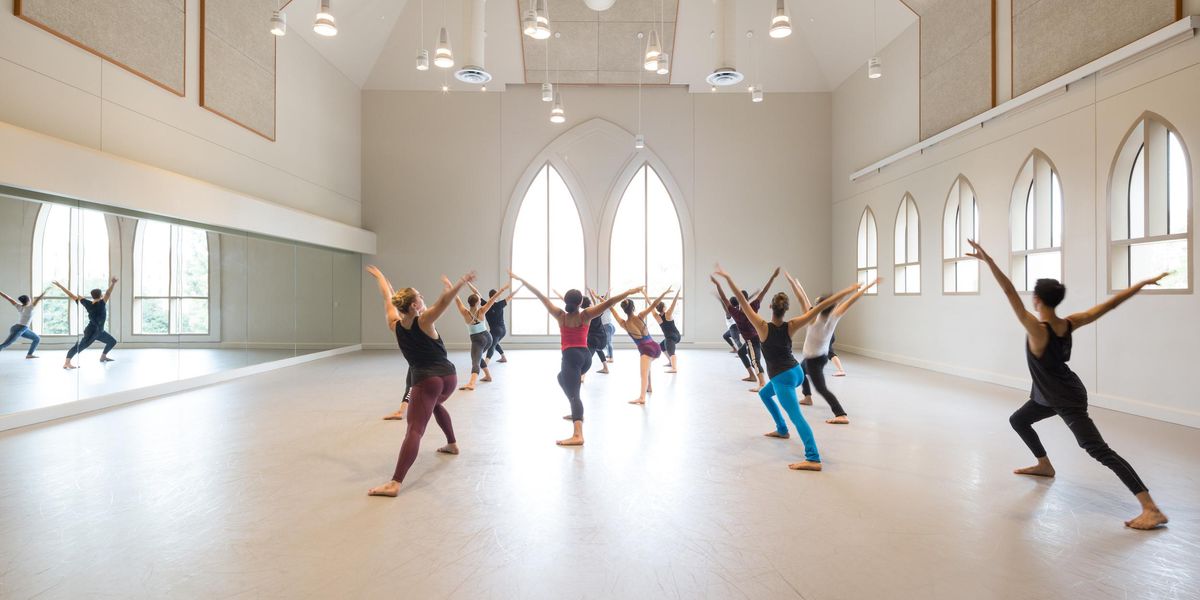Advice for Dancers
Daniel
Queens, NY
In general, doctors recommend that you refrain from smoking before and after surgery because the habit promotes bacterial growth, reduces collagen production, and inhibits blood flow to damaged tissues and bone. However, giving up a nicotine addiction is not easy. In fact, it’s more challenging than stopping heroin, according to research by Dr. Raymond Seidler from Sydney, Australia, among many others. To quit smoking, you need to address both the mental and physiological factors that keep you hooked. The most effective approach appears to be combining medication, such as over-the-counter nicotine transdermal patches, with cognitive therapy to prevent relapse and reduce the pain of withdrawal. Heavy smokers (those who go through a pack or more a day, or light up within 30 minutes of waking) may require fast-acting nicotine gum under a doctor’s supervision at first, in addition to the slow-acting patches. Speak to your internist about your smoking habits, and be sure to mention if you use cigarettes to ward off depression or calm symptoms of ADHD. In those instances, you might require additional medical treatment. Hopefully, you will continue to try to quit even after surgery—it often takes more than one go-round. Smoking can cause several serious health problems, not to mention erectile dysfunction, baldness, and wrinkles. To find out more about the consequences of smoking and medical approaches to smoking cessation, check out the June issue of Orthopedics. FYI: Smokeless cigarettes still have nicotine!
I’m freaked. I know dancers are competitive, but I never thought anyone could be so mean as to put makeup on a colleague’s sweat pants so she’d look bad. We are a national ballet company. Maybe our group is still in the corps, but shouldn’t there be a professional behavior code?
Anonymous
I’ve probably heard every kind of story about insecure performers trying to undermine their competition. Seeing another dancer targeted isn’t fun. There’s no need to tolerate this type of bullying. I assume if you’re in a major dance company you have a union to help. According to Alan Gordon, the executive director of the American Guild of Musical Artists, any union member can lodge a confidential complaint about this type of behavior and the union will inform the appropriate management people in your company. Meanwhile, remind your colleague that she must be doing extremely well if she’s being singled out in such a manner. The dancer who tried to undermine her must feel jealous to resort to such childish tactics. Perhaps he or she is worried about missing out on future roles or promotions. The good news is that most bullying dancers back off once their target moves up to a new rank. Focus on being supportive for your colleague. The friends who stick with each other through turbulent times are the ones who count.
It’s been my dream to be a professional ballet dancer since I was a kid. My fears of failure stopped me from pursuing that dream in my late teens. Now, in my late 20s after a long break, I’m desperate to try again. What are my chances?
Christine
Denver, CO
I’m sure you already know that ballet companies prefer to hire young dancers. Most ballet careers begin to founder in the late 30s due to age, injuries, and an abundance of teens looking for jobs. Still, I would never discourage anyone from trying to reclaim her dream. My advice is to start with adult beginner’s classes and move slowly up through the intermediate and more advanced levels. It would also help to study other dance techniques, not just because today’s ballet companies include contemporary choreography, but also to give yourself more options to get work as a dancer. Finally, cross-training can give every aspiring dancer a competitive edge by improving strength, flexibility, and aerobic capacity beyond what a dance class can provide. Be aware that certain physical changes must occur to be a ballet dancer, such as increasing your range of motion. Forcing yourself to stretch beyond your capacity can tear muscles, which can create scar tissue and take months to heal. For more information on the latest in dance medicine for all techniques, check out my book The Dancer’s Way: The New York City Ballet Guide to Mind, Body, and Nutrition (www.drlindahamilton.com/books.html). Keep in mind that your dream may end up looking different than you imagined it when you were a child. You may discover something new once you get back into the dance world, whether it’s another genre or a behind-the-scenes position. Regardless of the outcome, you get a gold star for trying.
Former New York City Ballet dancer Linda Hamilton, Ph.D., is a psychologist in private practice, the author of
Advice for Dancers (Jossey-Bass), and co-author of The Dancer’s Way: The New York City Ballet Guide to Mind, Body and Nutrition (St. Martin’s Griffin). Her website is www.wellness4performers.com.




